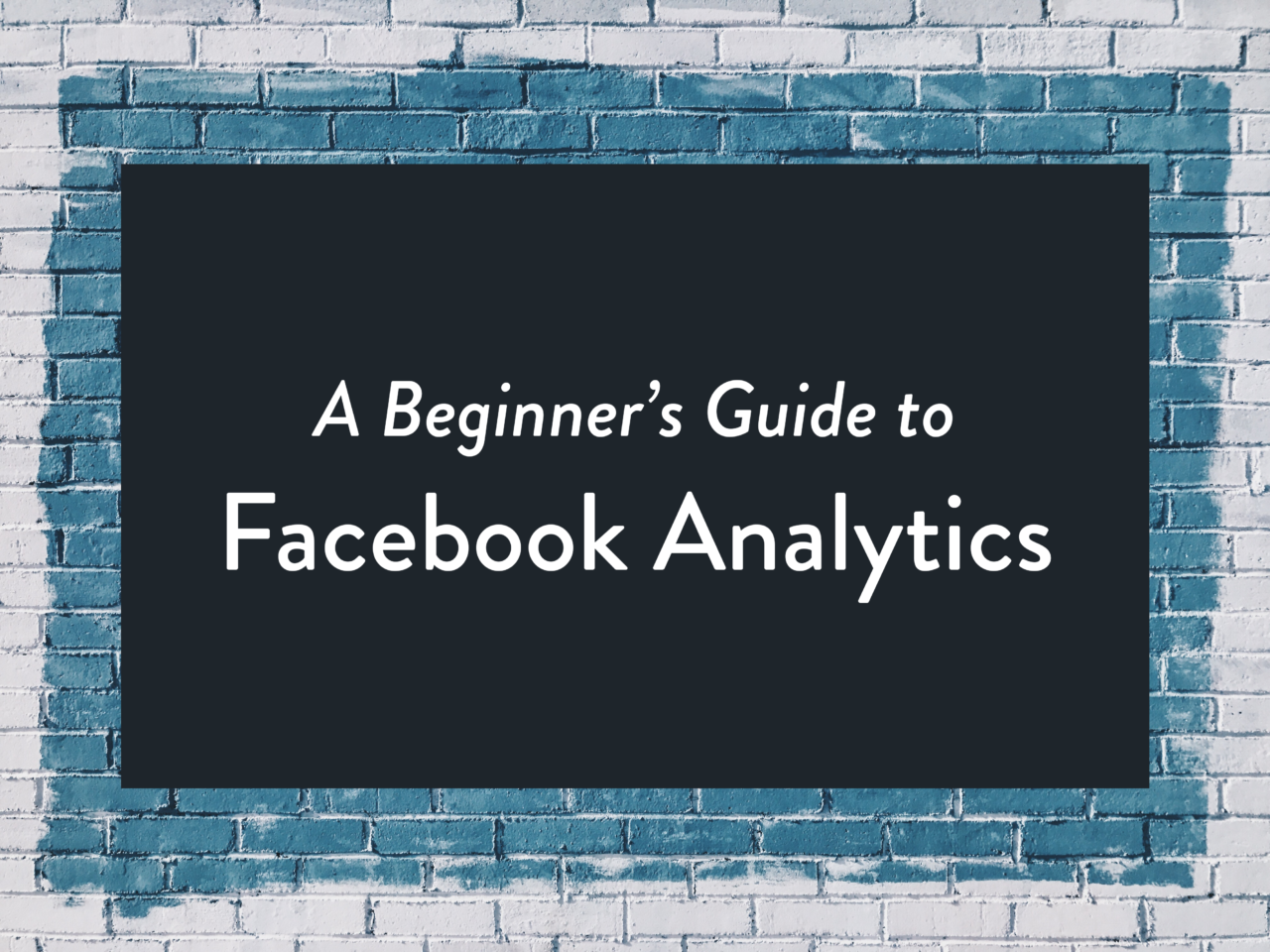If Mark Zuckerberg’s recent testimony before Congress proved anything, it’s not that Facebook was complicit in selling data to Russian agents to interfere with the American election – it’s that Facebook is still really influential.
I say “still” because there has been some debate about the subject, and it tends to be those marketers who are losing the Facebook game who complained the loudest. “Kids aren’t on Facebook anymore,” they would argue. “Kids are on Snapchat.”
In reality, Snapchat is nose-diving these days. And guess who’s thriving?
For brands and media publishers alike, Facebook is one of the biggest drivers of traffic and customer engagement. But if you want to succeed, you have to understand how to mine your data and glean the maximum possible value out of your analytics.
Thankfully, if there’s one thing Facebook is good at, it’s compiling a ridiculous amount of data on people and providing it to brands at almost no cost.
What kind of analytics does Facebook offer?
Facebook offers data through three sectors: Page Insights, Audience Insights and Ads Manager. All three are important to understand, but not all three are equally important. One offers the most relevant information for the biggest number of brands.
Ads Manager
We’ll start with the deepest and arguably most obscure one: Ads Manager. This deals specifically with paid promotions, and some social media managers don’t even know it exists because Facebook tucks it away under a separate URL.
Head to the top-right corner of your Facebook page, click the down arrow and scroll down to “Manage Ads.”
There are four main tabs here: “Account overview” (top-level reporting on goals, spends and reach), “Campaigns” (collected ad campaigns), “Ad sets” (targeted audiences) and “Ads” (individual advertisements). The amount of detail for each is as deep as you can get.
If you find this overwhelming, you can eschew the Ads Manager by boosting posts through Facebook’s primary front-end, but savvy marketers will appreciate the deeper insight offered. Ads Manager allows you to see a more thorough analysis of your results, including cost per click, budgetary breakdowns over time, click-through rate and the data of people viewing your ad.
If you’re familiar with Google Doubleclick or AdWords, you’ll feel right at home. And if you’re not spending money on Facebook, you’ll never need to worry about this section.
Audience Insights
With this data set, you can learn more about your followers – what other pages they like, their demographics, their Facebook activity, their purchase history and some relevant inferences about their households and lifestyles.
You can find the Audience Insights tab from the Ads Manager page, heading to the top left menu and expanding into the full menu. Click on “Audience Insights”, then you’ll find three options: “Everyone on Facebook,” “People connected to your page” and “A Custom audience.” Sure, you could look at everyone on Facebook for fun, but the most valuable insight regards people connected to your page.
Here you’ll find a wealth of data on your audience, which can be broken down and analyzed ad infinitum. This is all useful data, but it doesn’t say much about your community growth or influence.
Page Insights
This is probably the most useful data given the simplicity of the data set. Under the tab that says “Insights” on your Facebook page, you can learn about your own development through your total page likes, your individual posts’ reach, the type of engagement you’re getting and how you’re getting it.
What’s most useful is the day-by-day breakdown of your page growth. You can see exactly when people followed and unfollowed your page, by week or by month, and whether you can attribute that growth to paid promotions or organic reach.
Page Insights also gives you a nice overview of your top posts from a given time period, allowing you to quickly and easily examine what kind of content performs the best for you.
What’s more, you can keep track of your competitors by following their pages’ growth rates and seeing their top posts from the past week. There’s no better way to gauge your success than by doing an apples-to-apples comparison. As you examine your engagement and reach, you can determine whether your posts are over- or under-performing within your industry.
This analytics dashboard will also allow you to dig into your video numbers: how long people are watching before they drop off, how many total minutes people have viewed, how many of those views last 10 seconds or more, and the audience engagement levels for that video.
Page Insights, if used correctly, can be your best friend. And if you need to download them for analysis, you can download a beyond-comprehensive Excel spreadsheet with more data than you can use all at once. And if you crunch those numbers right, you can see exactly, definitively, what’s working for you – and what’s not.
